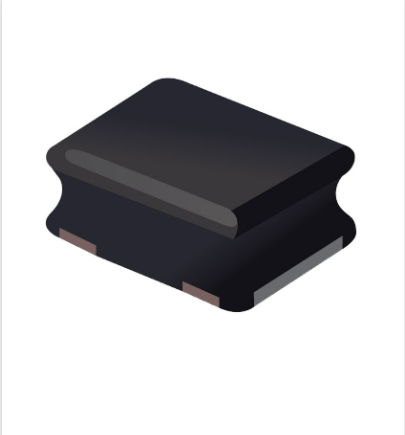In the world of electronic circuits, inductors play a crucial role in managing the flow of current and maintaining the stability of the circuit. Among the various types of inductors, common mode inductors are particularly important in ensuring the proper functioning of electronic devices. In this blog, we will delve into the significance of common mode inductors, their applications, and how they work in electronic circuits.
Common mode inductors, also known as fixed inductors, are designed to filter out common mode noise in electronic circuits. Common mode noise refers to the interference that occurs when unwanted signals are present in both the positive and negative lines of a circuit. This type of noise can disrupt the performance of electronic devices and lead to malfunctions if not properly managed. Common mode inductors are specifically engineered to suppress this type of noise and maintain the integrity of the circuit.
One of the key applications of common mode inductors is in power supply circuits. In these circuits, common mode inductors are used to filter out unwanted noise and ensure that the power supply delivers clean and stable power to the electronic components. By effectively suppressing common mode noise, these inductors contribute to the overall reliability and performance of the power supply system.
Another important application of common mode inductors is in data communication systems. In high-speed data transmission, common mode noise can degrade the quality of the signal and lead to data errors. Common mode inductors are employed in these systems to mitigate the effects of common mode noise and maintain the integrity of the transmitted data. This is particularly crucial in applications such as Ethernet communication, where data accuracy and reliability are paramount.

So, how do common mode inductors work in electronic circuits? These inductors are typically designed as a pair of windings wound on a magnetic core. When common mode noise is present in the circuit, it induces equal and opposite currents in the two windings of the inductor. As a result, the magnetic fields generated by these currents cancel out the common mode noise, effectively suppressing it and preventing it from affecting the rest of the circuit.
In addition to their role in filtering common mode noise, common mode inductors also provide impedance to differential mode signals. This means that they can help to maintain the proper balance between the positive and negative lines of a circuit, further contributing to the stability and performance of the electronic system.
When selecting common mode inductors for a specific application, it is important to consider factors such as inductance value, current rating, and frequency range. The inductance value determines the effectiveness of the inductor in suppressing common mode noise, while the current rating ensures that the inductor can handle the required amount of current in the circuit. The frequency range is also crucial, as it dictates the range of frequencies over which the inductor can effectively filter out common mode noise.
In conclusion, common mode inductors play a vital role in maintaining the stability and reliability of electronic circuits. By filtering out common mode noise and providing impedance to differential mode signals, these inductors contribute to the proper functioning of power supply systems, data communication networks, and various other electronic devices. Understanding the significance of common mode inductors and their applications is essential for designing and implementing robust electronic systems that can operate effectively in the presence of common mode noise.
